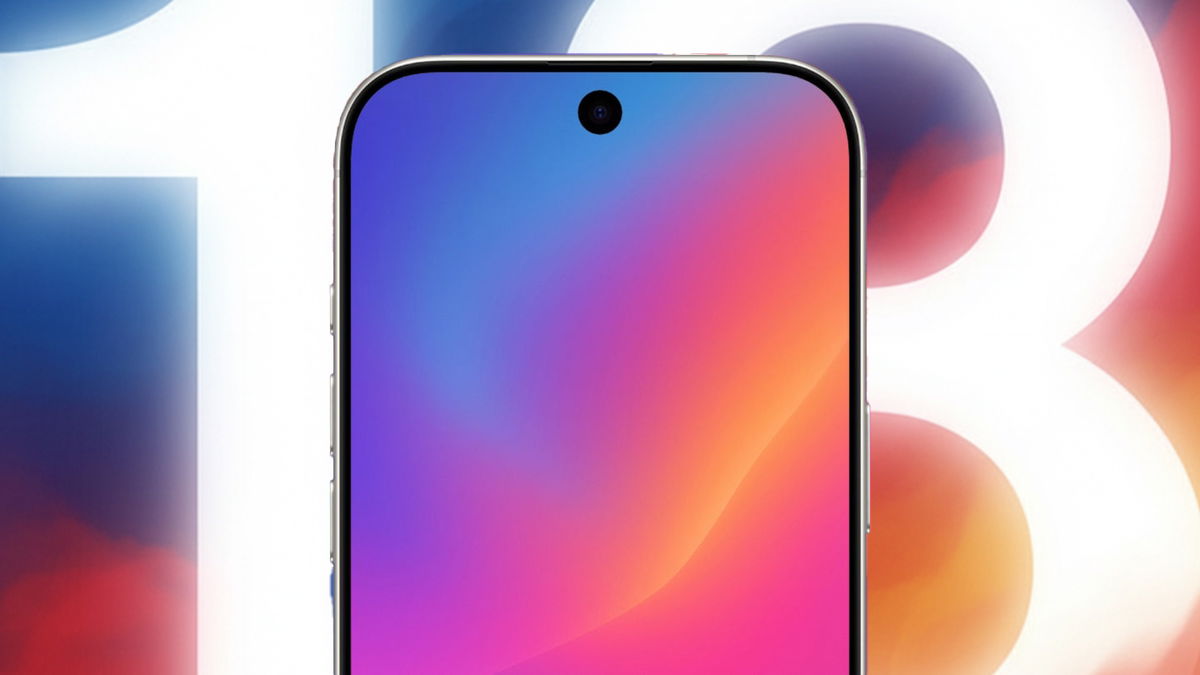On Tuesday, April 18, Xiaomi officially introduced the new features of its premiere mobile phone. 13 Ultrain addition to introducing a series of tablets, the Pad 6 series and Mi Band 8.
Let’s see the details:
xiaomi 13 ultra
The most interesting thing about the new high-end cell phone from the Chinese brand is its collaboration with camera manufacturer Leica to develop lenses.
The phone is 9.6mm thick and has a 1-inch Sony IMX989 sensor below the main camera. 50 megapixels at 1.6 microns are focused using Dual Pixel or laser technology and have HyperOIS optical image stabilizer. The 8P variable aperture lens allows you to open and close the aperture from f/1.9 to f/4.0, a technology that Xiaomi collectively calls the LEICA VARIO-SUMMICRON.
The rest of the rear cameras are powered by three 50-megapixel IMX858 sensors. The ultra-wide-angle camera has a 122-degree field of view and f/1.8 aperture. A 75mm telephoto portrait lens with optical image stabilization and f/1.8 aperture. The 120mm telephoto lens for longer telephotos is also equipped with an optical image stabilizer.
Next
The 32 MP front camera with f/2.0 aperture is located under the hole in the center of the top edge of the phone.
Running on MIUI 14 and Android 13, the 6.73-inch phone features a 3200 x 1440 pixel AMOLED LTPO3 panel with variable refresh rates up to 120Hz, 12-bit color depth, support for Dolby Vision and HDR10+. And if anything surpasses Xiaomi 12S Ultra and Xiaomi 13 Pro, it’s brightness: up to 1300 nits with 2600 peaks.
Another detail that Xiaomi insisted on was its durability: with a unibody metal body, Gorilla Glass Victus on the screen and an antibacterial skin-like silicone layer on the back, the Xiaomi 13 Ultra offers IP68 water and dust resistance.
Hardware: 4nm Snapdragon 8 Gen 2 octa-core processor with Adreno 740 graphics. 12GB-16GB LPDDR5X RAM. And best of all: UFS 4.0 storage technology (twice as fast as UFS 3.1) with options from 256GB to 1TB.
The phone also jumps to USB 3.2 with a USB-C port that boosts transfer rates to 5Gbps and allows for 4K 60Hz video editing via DisplayPort. Dimensions are similar to last year’s model, but the battery grows a little – from 4820 to 5000 mAh.
Xiaomi 13 Ultra will be available in olive green, green and white. Prices:
- 12+256GB: 5999 yuan
- 16+512GB: 6499 yuan
- 16 + 1 TB: 7299 yuan
Xiaomi Pad 6 Series
Xiaomi Pad 6 and Pad 6 Pro have an 11-inch 144Hz (2880 x 1800) LCD screen and the same fundamental design.
It features a Snapdragon 8 Plus Gen 1 processor, 67W wired charging for an 8600mAh battery, and a 20MP selfie camera. The Pro version also includes a quad-speaker system.
The Xiaomi Pad 6 starts at a starting price of 1899 Yuan (~$276) for the base 6GB/128GB model, with a regular price of 1999 Yuan (~$291). Meanwhile, the Xiaomi Pad 6 Pro will set you back 2,399 Yuan (~$349) for the base 8GB/128GB variant at a regular price of 2,499 Yuan (~$363).
Xiaomi Mi Band 8

The Xiaomi Mi Band 8 pretty much follows the same design language as its predecessor, but with one key difference. You get the same module as before, with a 1.62-inch AMOLED screen with always-on display, sensors, and battery.
It also comes with adaptable straps for different body applications:


You can choose from over 150 sport modes for training. The fitness tracker retains features such as continuous heart rate monitoring, blood oxygen monitoring, stress, sleep, step and calorie tracking, and even offers detailed professional VO₂ max analysis during workouts.
Xiaomi has also added some watch faces that can be used as puzzle games.
The Xiaomi Mi Band 8 has been launched in China for 239 RMB (~$34) for the regular version and 279 RMB (~$40) for the NFC version.
Source: Digital Trends













